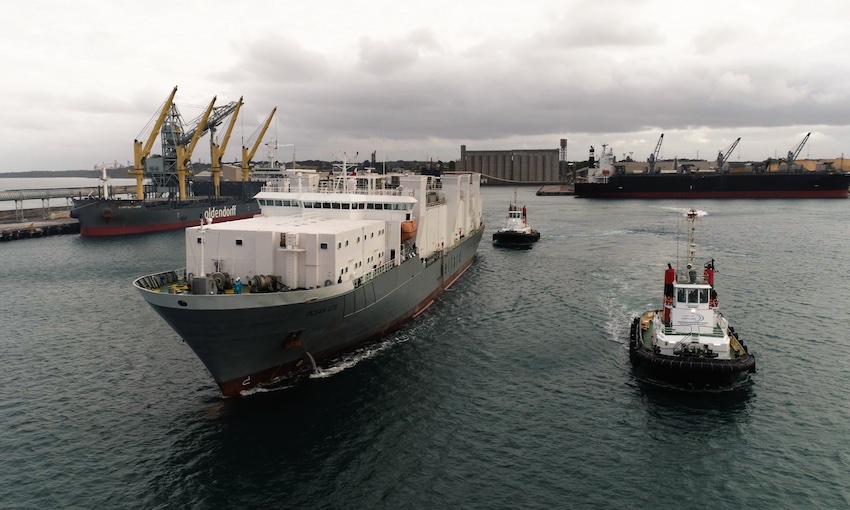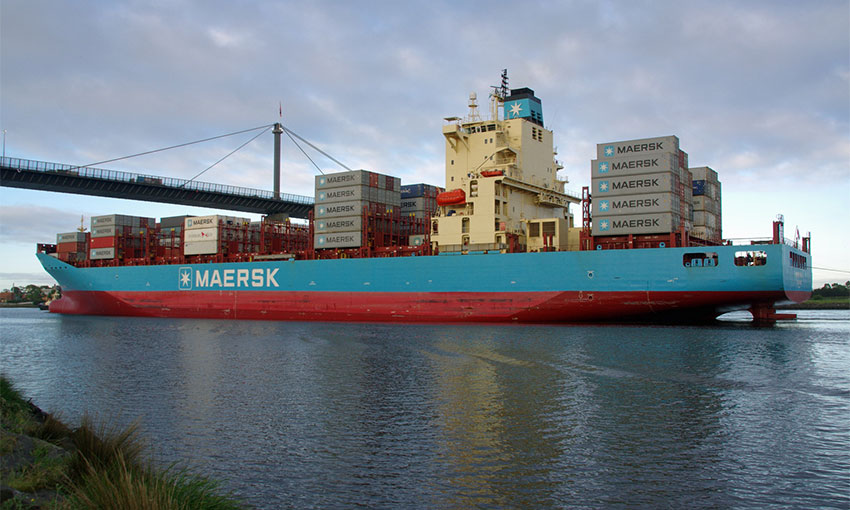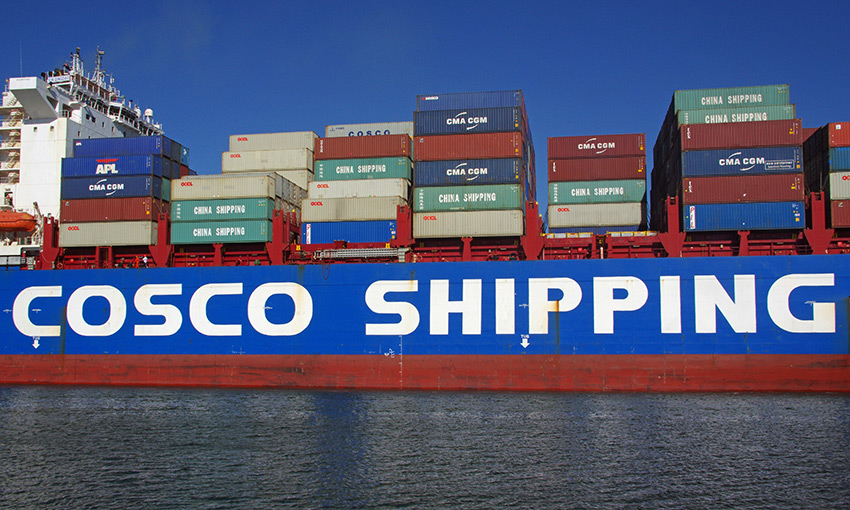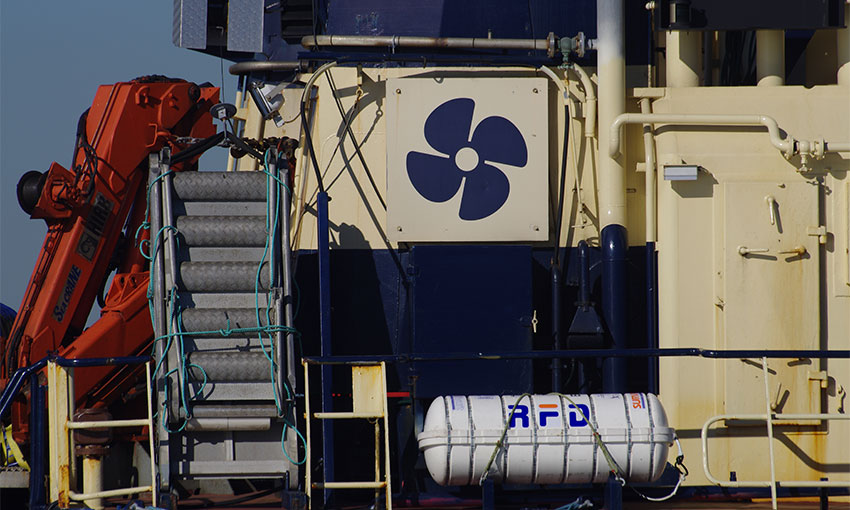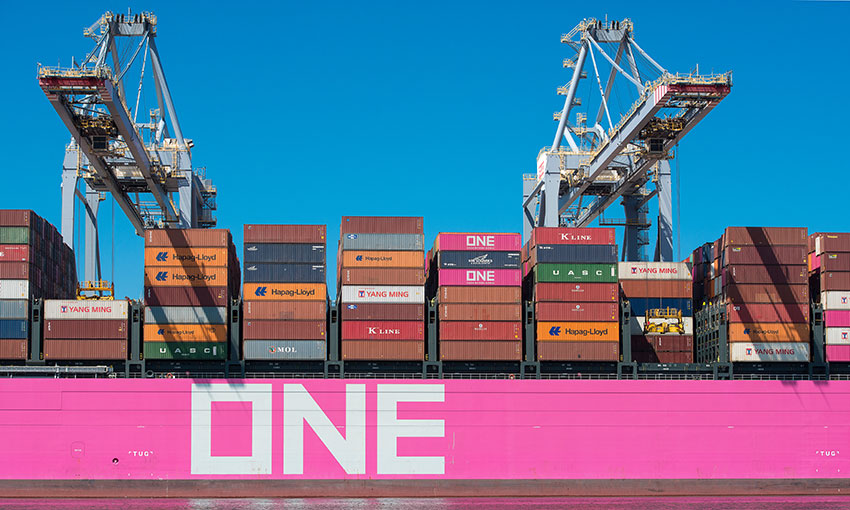LIVESTOCK shipping company, Australian-listed Wellard Ltd, has recorded a profit of US$0.5 million in the first half of FY22, a marked improvement on the US$1.6 million loss incurred in the prior corresponding period.
The most significant factors driving Wellard’s financial results were good vessel availability and utilisation, which helped offset falling numbers of live export cattle and rising very low sulfur fuel oil (VLSFO) prices.
Live cattle exports from Australia suffered a 27% fall from H1 FY21 to H1 FY22, down to 334,417 cattle, which reduced charter opportunities and placed considerable pressure on livestock vessel freight rates.
Wellard’s decision in the latter half of H2 FY21 to lock in forward-dated charters early in H1 FY22 helped shield the company from that very competitive commercial environment.
In the pcp, VLSFO prices (ex Singapore) commenced the period at approx. US$320/tonne and rose to US$410/tonne. In H1 FY22, VLSFO prices commenced the half at US$550/tonne and six months later had risen to US$650/tonne. They have since lifted to their current rate of approximately US$720/tonne.
Wellard executive chairman John Klepec said Wellard was pleased to be able to post a profit during some of the toughest trading conditions the live export industry has experienced.
“Efforts in previous years to strengthen Wellard’s balance sheet plus a decision late in FY2021 to lock in a series of forward-dated charters well into H1 FY22 were crucial to achieving a profit in the first six months of FY2022,” Mr Klepec said.
“Charter rates for small to medium livestock vessel charters are under pressure as shipowners compete for a smaller number of available charters, however, there is stronger demand for large livestock vessels due to the economies of scale they provide exporters and importers.
“The South America to Middle East/North Africa route is showing increased activity, a development we are monitoring closely,” he said.
The January 2022 receipt of a US$12.0 million arbitration award will provide an important buffer to help the company navigate current trading conditions.”
Revenue for H1 FY22 was US$23.2 million. This was a 27% improvement on the pcp (H1 FY21: US$18.2 million) which was impacted by the extended off-hire duration of the M/V Ocean Ute’s last drydock.
Wellard’s EBITDA of US$6.3 million was an 83% increase on the US$3.4 million EBITDA recorded by the company in H1 FY21.
The outlook for H2 FY22 is mixed with the larger M/V Ocean Drover expected to be fully utilised, whereas Wellard’s medium-sized vessels, the M/V Ocean Swagman and M/V Ocean Ute, are currently at anchor and not expected to be fully utilised again until April, when export cattle volumes are expected to return.
With ex-Australia live export cattle prices now above A$5.00 a kilogram live weight due to scarcity of any cattle, Australian exporters are finding it very difficult to keep major Indonesian importers supplied.
Inquiries the company is receiving indicate that importers in traditional Australian live cattle markets (breeder and slaughter in particular) are increasingly looking to South America to supply cattle at considerably cheaper prices when compared to high-priced Australian cattle, which requires large vessels and the greater efficiencies they offer on long-haul voyages.
Wellard’s vessel monitoring indicates an increase in trading activity between South America and Middle East/North Africa. The costs to relocate a vessel to this route are considerable, so although Wellard has no immediate intentions of relocating a vessel to those routes, sustained demand would help to remove the oversupply of livestock shipping capacity that existed in CY21.
Meat and Livestock Australia is predicting live cattle exports from Australia will fall marginally further (3%) in CY22, before rebounding by 11% year-on-year in CY23. Wellard concurs with the CY22 MLA outlook however expects the rebound will be higher than MLA is forecasting in CY2023.
The breeder cattle market to Northern Asia for CY22 is expected to remain robust at similar levels to the previous two years of CY20 and CY21 albeit with a change in the mix of sourcing and remain a very high proportion of Wellard’s ship chartering activities in CY22.
Wellard has progressed its feasibility study for the building of a new vessel, preliminary design emphasis is on determining optimum vessel size, highest possible animal welfare standards, and strong environmental and sustainability credentials throughout the vessel.

